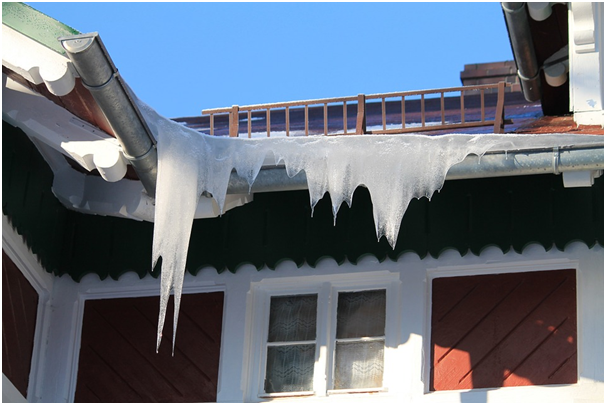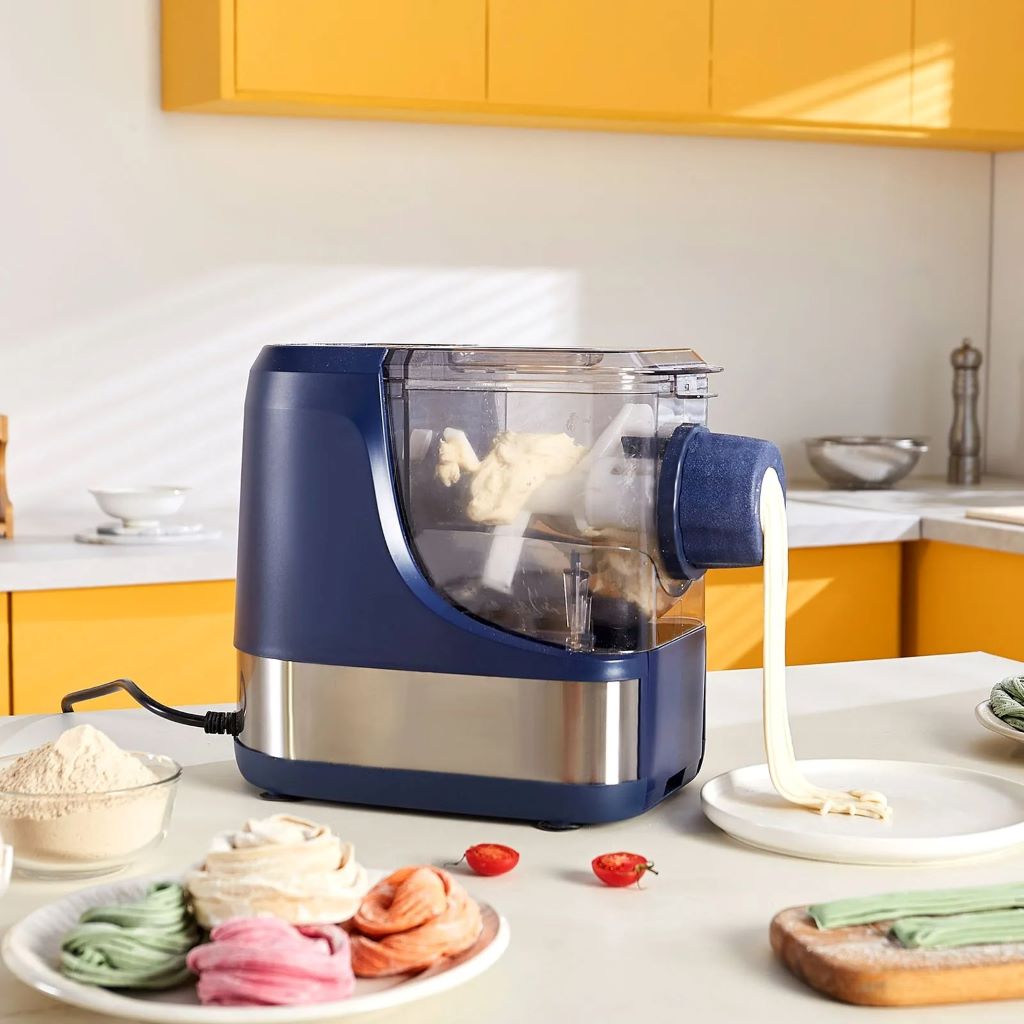Winter can be a dangerous and costly time for homeowners due to the bad weather. Wind, show and rain can damage the roof and paintwork, while cold weather can make the house cold and damp. There are various things you can do to weather-proof your home in the winter months.

Boilers
You should check your boiler to make sure the pressure is optimum at around one bar. It is also good to keep your home heated for at least one hour per day even if you are away, as it keeps the boiler ticking over. You can often set it by a timer to make sure it goes on and off at appropriate times.
Radiators
Radiators are vital for keeping warm in the winter, but many homes have radiators that are not operating at peak efficiency. If yours are hot in one place and colder in another, they probably need bleeding.
To bleed a radiator, you need to turn off the radiator and get a bleed key and then turn the top valve anti-clockwise until it hisses. Water will flow, and you need to catch it with a cloth and then tighten the valve up again to finish.

Double Glazing
Another way to keep energy costs low is to invest in double glazing. There are many experts who can fit double glazing, such as Tewkesbury double glazers Firmfix. However, even if you are not looking for double glazing in Tewkesbury and are searching for a glazier in a different city, there will be many options. Simply fitting double or even triple glazing can save a lot on heating bills over the winter. Also remember to use draught excluders to prevent draughts from window frames, doors and letter boxes.
Guttering
Winter is an important time to give the gutters a clear-out. Sticks and leaves can mount up in the gutters and could cause blockages and overspill problems. Pipes should be able to carry water away, as this also prevents damp from getting into walls.
If pipes freeze they could burst from the pressure build-up, which could lead to damage. You should know where the stop cock is so you can turn off the water in an emergency. It is normally a lever under the sink on the copper pipes – to turn it off you should turn it clockwise.



